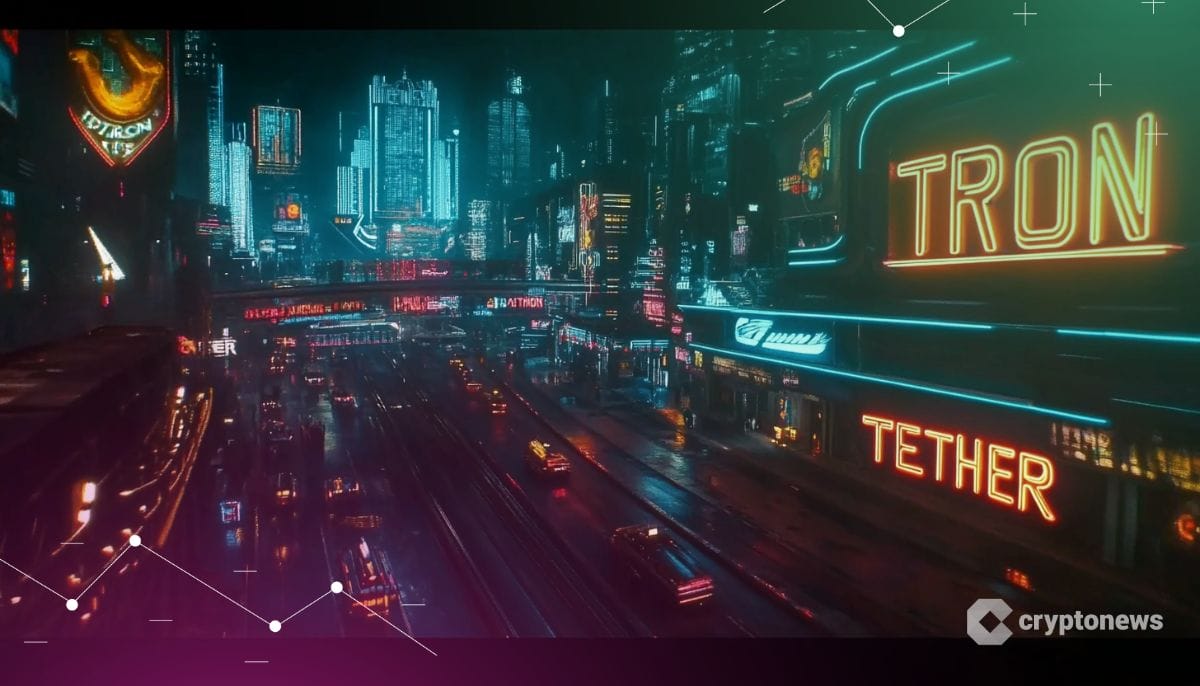If you know a little about blockchain, omnichain is a simple enough concept to grasp. But it’s a lot harder to create. Essentially, the term describes disparate blockchain networks that work together as one. In other words, users on Ethereum or Bitcoin having the same opportunities as those on Solana or Sui.
Same assets to trade, give or take. Same liquidity. Same DeFi primitives. Same wallet. Same UI. Same opportunities. It doesn’t sound like a lot to ask for. In a world where you can alight in a strange land and within minutes be eating a Big Mac that tastes identical to the one you’re accustomed to back home, why can’t onchain be the same?
It may sound simple, but it ain’t. Because blockchains were never meant to work as one. Certainly not the second-generation ones – the Ethereums and Solanas, where picking a different programming language and VM was seen as a badge of pride. And certainly not the stubborn first-gen ones such as Bitcoin and Dash (is Dash still a thing?)
The point is, no one gave a damn about interoperability until the industry ended up with its own Tower of Babel problem: too many chains talking too many different languages and no one to coordinate things. It’s taken a whole lot of retrofitting, creative engineering, and the deployment of even more blockchain networks but we’re finally reaching a stage where omnichain is a working reality. Thanks to a new breed of protocols intent on uniting the chains, web3 is now capable of working for everyone – whatever their starting network.
Defragging DeFi
Despite all the buzz, today’s multi-chain landscape can feel more like a patchwork of competing protocols. Skip a couple of paragraphs if you’ve heard this record before, but it goes like this: developers who want to build cross-chain dapps often struggle with integrating different toolsets, bridging tokens, and ensuring security audits on multiple chains. Users, meanwhile, are forced to navigate different wallet interfaces and DEXs just to move their tokens between networks, resulting in high friction and heightening the risk of error leading to loss of funds.
Additionally, liquidity often gets trapped on different siloed networks. When assets can’t flow freely between chains, capital efficiency suffers and new projects face an uphill battle to attract users. These inefficiencies slow down innovation and impose a “winner-takes-most” dynamic, where only the largest chains capture mainstream attention. Which is why omnichain infrastructure is so important to address these pain points head-on.
It holds the promise of a unified layer that underpins every blockchain, allowing assets and data to move seamlessly without friction of centralized chokepoints. This all makes sense from a theoretical perspective. But what does omnichain actually resemble in reality?
Omnichain Done Dojima’s Way
For pioneers of omnichain innovation, LayerZero are still the daddies, with their infra having done more for DeFi than any other protocol. Moving data across chains; routing data between networks; you name it, L0 does it. While LayerZero remains a mainstay of the omnichain landscape, newer protocols have sprung up that have grasped that baton and ran with it. And they’re not just trying to replicate the L0 playbook either – rather, they’ve got their own problems to solve and tech with which to solve it.
Dojima Network is one such candidate, which has come racing out the gates with the goal of unifying both EVM and non-EVM chains under a single, universal architecture. Dojima is specifically designed to integrate protocols with different consensus mechanisms, allowing chains like Solana and Ethereum to talk like they were childhood friends rather than negotiators at a hostage handover.
There are a few things that make Dojima different from the other interoperability solutions out there, with a chief one being its dev-friendly tooling. A key pain point in building cross-chain dapps is the steep learning curve. Dojima’s approach simplifies this, letting developers focus on user experience and functionality rather than wrestling with endless bridging hacks and other boondoggles.
It also helps that it’s future-proofed: as new chains emerge, Dojima’s universal layer can easily be extended, ensuring it remains adaptable in a quickly evolving crypto landscape. In a sense, it positions itself as the “translation layer” for any new chain that emerges. Ultimately, Dojima wants to allow DeFi protocols, NFTs, web3 games and all the rest to scale without worrying about which chain they’re on.
Web3’s Come a Long Way
It’s easy to forget that until recently, new blockchain networks were cursed with the “cold start” problem of needing to source liquidity before they could start onboarding users. Not anymore. As the launch of the latest L1s shows, such as Berachain, it’s now possible to have deep liquidity in place from before the genesis block has so much as been minted.
Similarly, we’ve progressed past the bad old days of DeFi, when developers had to make difficult choices, starting with picking the network that offered the best combination of security, speed, and cost. Not anymore. While starting chain is still an important consideration, it’s not nearly as critical as it once was. What’s more important is the chains a dapp can grow to support without adding complexity or increasing developer burden.
And all of this is now possible thanks to omnichain protocols that are doing the grunt work behind the scenes to ensure web3 can do what it was always meant to do: work all the time, for everyone, whatever chain they may happen to call home.
The Crypto Times – Read More










